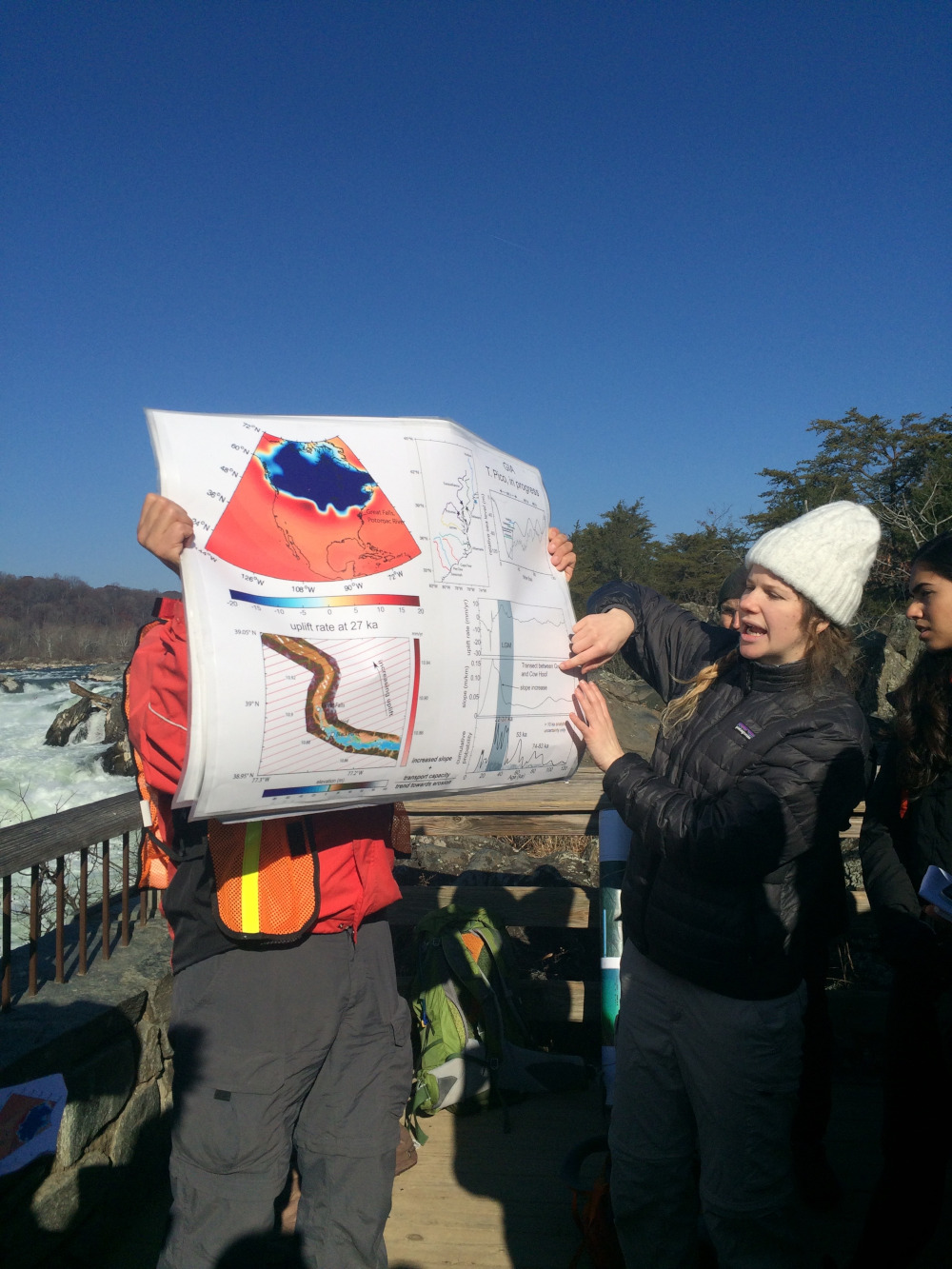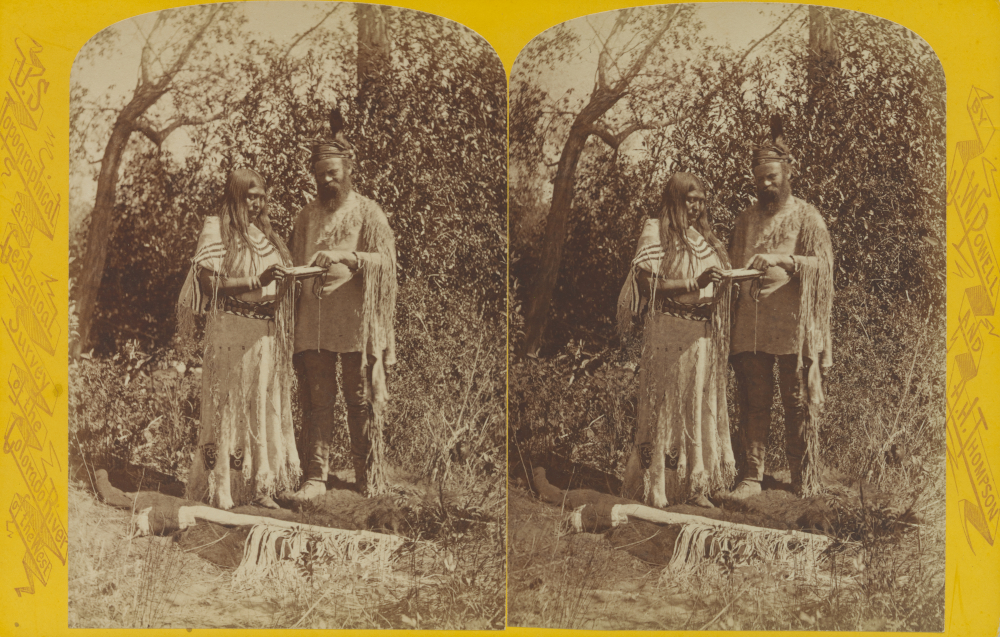Geological faults

Perusing the library stacks, Tamara Pico, then a Harvard University PhD student, discovered an old book by Nathaniel Shaler in which the eminent 19th-century Harvard geologist argues that certain climates or landscape features produced superior humans in Europe compared to other parts of the world. “No one in my department had any idea,” said Pico.
The discovery prompted Pico, now a UC Santa Cruz assistant professor, to dig into the history of geology to better understand how bias influenced scholarship in the field, whose practitioners were—and largely still are—white and male. The work birthed GeoContext, a collaborative website project that provides historical background to topics covered in undergraduate geology courses. Its teaching modules connect, for example, oceanography with the slave trade, and volcanology with colonialism. Pico hopes teaching this history will help address geology’s diversity issues. “Having a sense of that history helps because bits of that are still here with us,” she said.
In her primary research, Pico models changes in glaciers by measuring how the land that surrounds them moves in response to the weight of the ice. Her interest in geology’s history is a separate endeavor, but she considers it important to think about how it applies to all her work. “I try to put myself in a social context,” she said. “Why is this work valued in my field? Why do I value it? What is the consequence of my doing this?”

—Erin Malsbury

